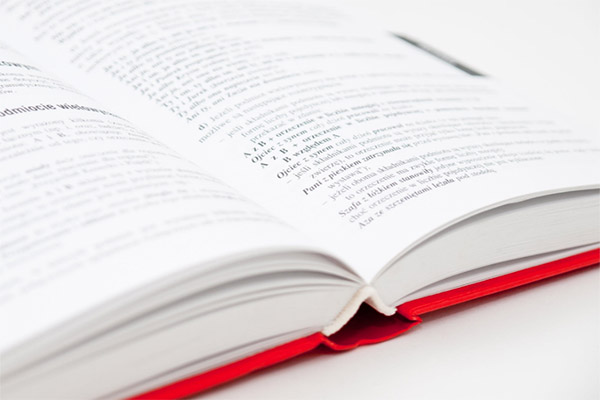1、 在回答must开头的一般疑问句时,肯定回答用must,否定回答用needn't或don't have
to. 如:
1)―Must I finish my homework before eight o'clock? ―Yes, you must.
2)―Must I attend the meeting?
―No, you needn't(No, you don't have to). You can ask Tom to go instead.

2、在回答may开头的一般疑问句时,肯定回答用may,否定回答用mustn't. 如:
1)―May I watch TV after supper? ―Yes, you may. / No, you mustn't.
2)―May I stop here? ―No, you mustn't.

3、在回答need开头的一般疑问句时,肯定回答用must,否定回答用needn't. 如:
1)―Need we stay behind after school? ―Yes, you must.
2)―Need he go now? ―No, he needn't.

表达必须,一定的意思的一般现在时的句子中只能用must(需要注意的是:除了现在一般时,其他各种时态都要借用have to)
本文来自网络投稿,仅供学习参考!不代表本站立场,该文观点仅代表原作者本人,本站不拥有所有权,不承担相关法律责任。如发现本站有抄袭侵权/违规的内容,请发送邮件至1762202553@qq.com反馈,一经查实,本站将立刻删除。
-- 展开阅读全文 --